If you’re pointing your 4X4 at steep climbs, rocky ledges or washouts, your bodywork is usually the first thing at risk. That’s where approach, departure and rampover angles come in. They’re the geometry that decides whether you glide through an obstacle… or crunch metal on the way.
Let’s break them down.
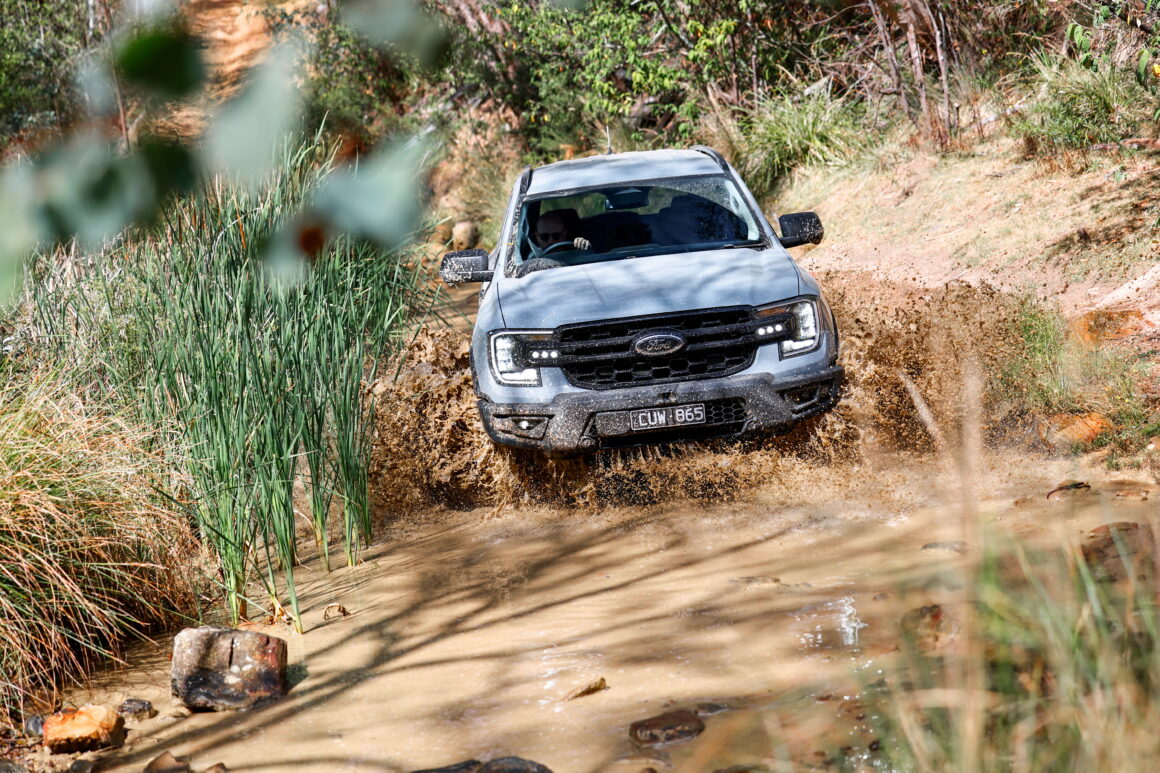
Approach Angle – Protecting Your Nose
The approach angle is the imaginary line from the front tyre’s contact patch up to the lowest point ahead of it – usually your bullbar or recovery points.
A shallow approach angle means you’ll hit metal before your tyres even start climbing, while a bigger angle lets you get the rubber onto the obstacle first.
Pro tip: if you’re faced with a nasty step-up, try attacking it on a slight diagonal so one tyre climbs before the other. And if you’re shopping for a bullbar, make sure it’s built with off-road clearance in mind – some aftermarket bars stick out like battering rams.
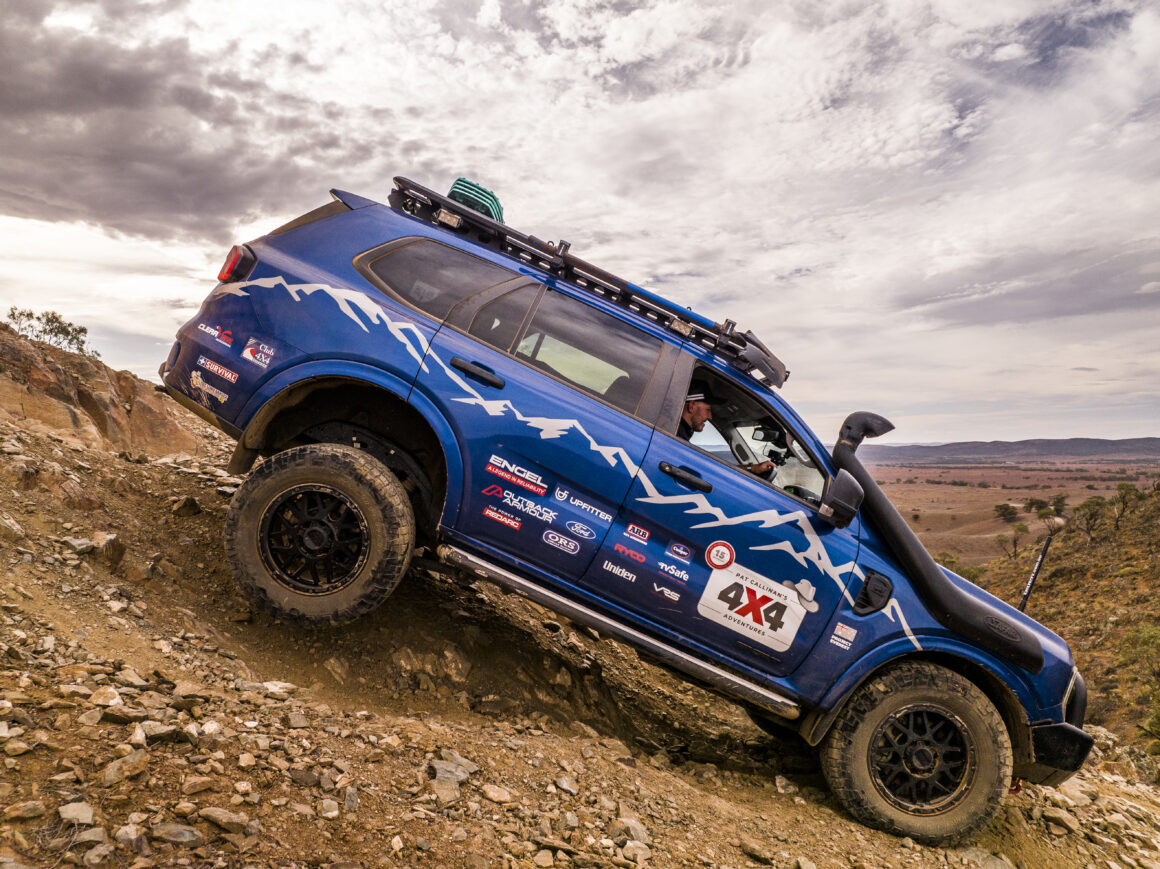
Departure Angle – Watching Your Rear
The departure angle is the same principle, just flipped around. It’s the angle between your rear tyre and the lowest bit of gear hanging off the back – towbar, bumper, or long overhangs.
On steep drop-offs, this is the one that saves your rear quarters from getting smashed. That’s why plenty of tourers and rock crawlers fit rear bars: not just for recovery points, but to stop your panels becoming part of the track.
Think of it as insurance for the tail end of your rig.
Rampover Angle – The Belly Scraper
Rampover angle is all about what’s happening between your axles. It’s the angle formed between your front and rear tyres, and the lowest point under your belly – usually a chassis crossmember or the transfer case.
Here’s the kicker: wheelbase plays a massive role. Longer wagons and dual cabs have worse rampover than shorties, no matter what lift you’re running. That’s why Everest drivers glide over humps their Ranger mates get hung up on.
You can improve rampover with:
- Suspension lift
- Bigger tyres
- Skid plates or underbody protection
The last one doesn’t improve clearance, but it does save vital bits when you belly out. Just remember: more lift and bigger tyres also push your centre of gravity up, so it’s always a balancing act.
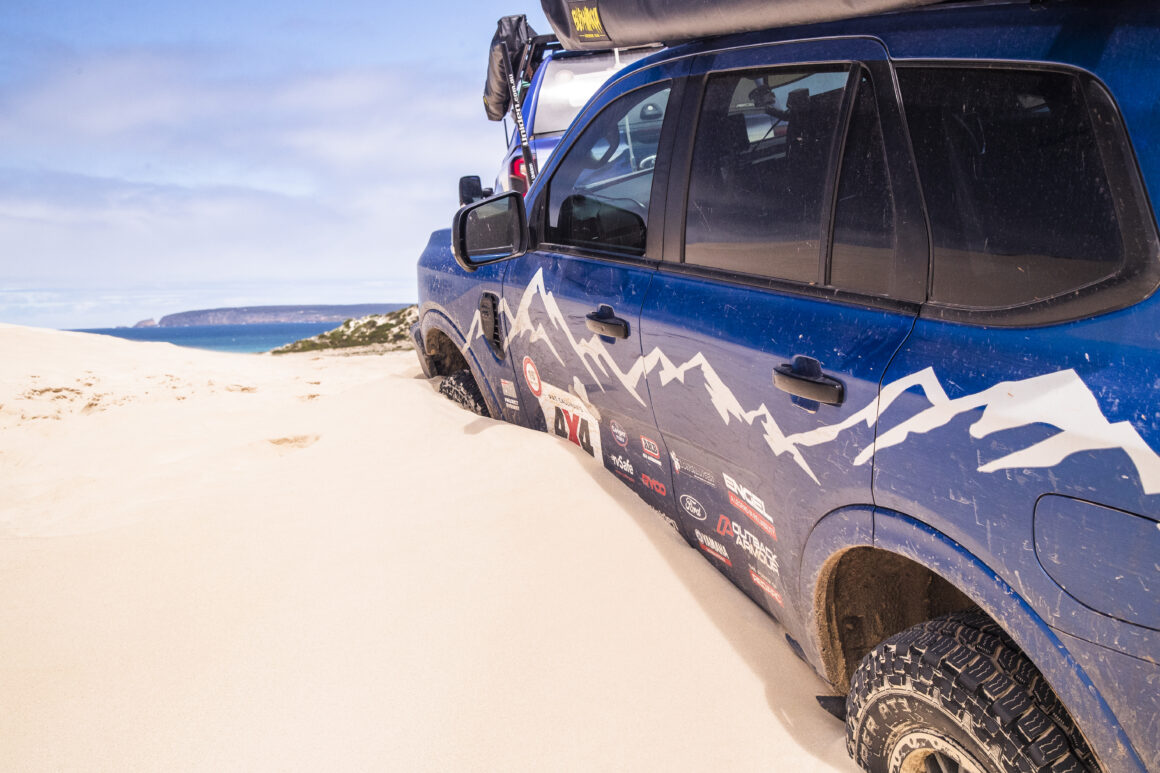
Why It All Matters
Knowing these angles isn’t just for spec-sheet nerds. It’s the difference between clearing an obstacle cleanly or leaving your rear bar, fuel tank, or sills behind. And while clever driving can help, there’s no substitute for understanding your vehicle’s limits.
Next time you’re looking at a climb, a drop-off, or a nasty hump in the middle of the track, think about your approach, departure and rampover angles. A bit of geometry could save you a lot of panel beating.



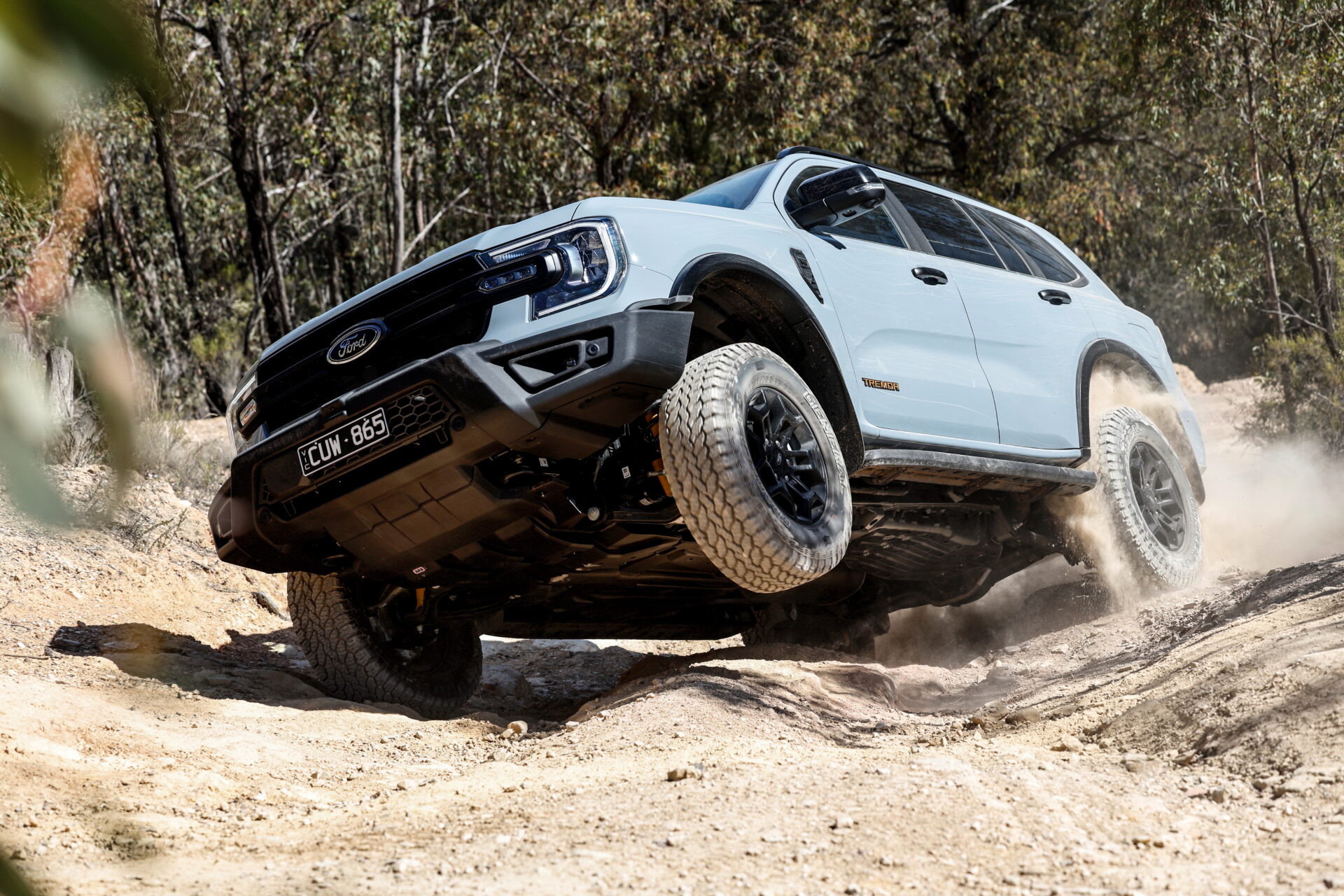
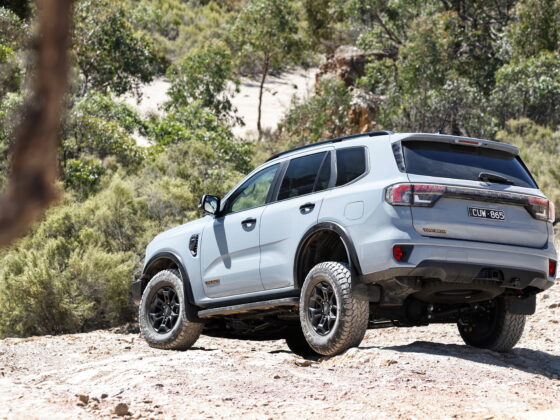
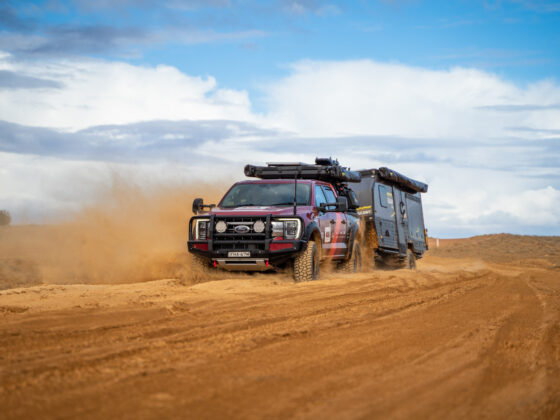





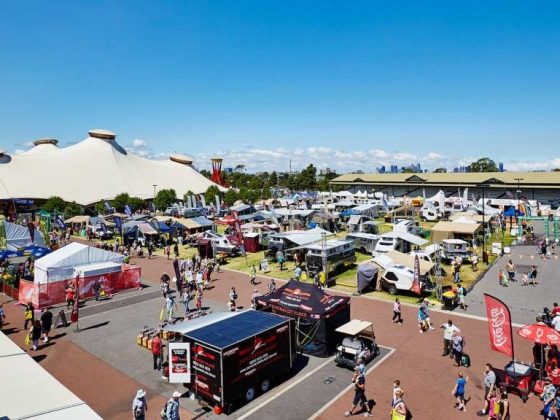
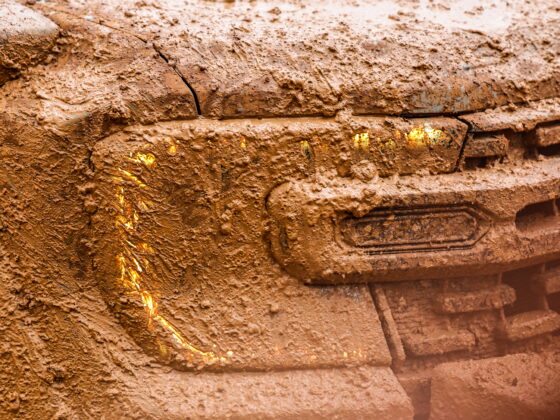
1 comment
Lots of basic good sense here. This is what needs to be taught to beginners, not how fast you can go or how many accessories a car can carrry.